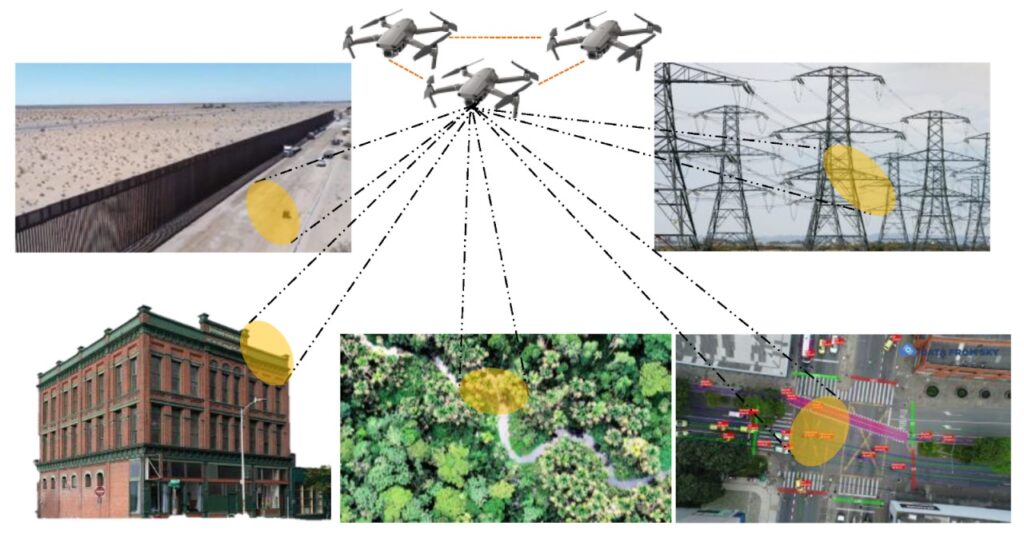In recent times, there has been a lot of talk about drones – those small flying machines that capture stunning aerial views or deliver packages right to our doors. However, did you realize that drones are also vital for safeguarding our environment? Let’s explore how these advanced gadgets are aiding us in monitoring Mother Nature.
What Are Drones?
First things first, what exactly are drones? Drones, also known as unmanned aerial vehicles (UAVs), are small aircraft that are flown without a pilot on board. They can be controlled remotely by a human operator or autonomously by onboard computers.
How Drones Help the Environment
Now, let’s talk about how drones are making a positive impact on the environment:
Biodiversity Assessment
Drones are like nature’s little detectives. They can fly over forests, wetlands, and other natural habitats to survey wildlife without disturbing them. This helps scientists gather important information about animal populations, their behaviour, and even detect endangered species.
Habitat Mapping
Imagine trying to map out a vast, dense forest on foot. It would take forever! But with drones, researchers can create detailed maps of habitats much faster and more accurately. These maps are crucial for conservation efforts and land management.
Pollution Detection
Unfortunately, pollution is a big problem for our planet. Drones equipped with special sensors can detect pollutants in the air, water, and soil. They can also monitor industrial sites, oil spills, and other environmental disasters, helping authorities respond quickly and minimize damage.
Climate Change Research
Climate change is one of the most pressing issues facing our planet. Drones are helping scientists study its effects by collecting data on temperature, humidity, carbon dioxide levels, and more. This information is vital for understanding how our planet is changing and what we can do to mitigate the impacts.
Advantages of Drones
So, why are drones so great for environmental monitoring? Here are a few reasons:
- Precision: Drones can access hard-to-reach places and capture data with incredible accuracy.
- Efficiency: They can cover large areas in a relatively short amount of time, saving researchers time and money.
- Safety: Sending drones into hazardous environments keeps humans out of harm’s way.
- Versatility: Drones can be equipped with a wide range of sensors and cameras to collect different types of data.
Challenges and Future Outlook
Of course, using drones for environmental monitoring isn’t without its challenges. Privacy concerns, regulatory issues, and technical limitations are just a few hurdles that researchers and policymakers must navigate. However, as technology continues to advance and regulations evolve, the future looks bright for drone-based environmental monitoring.
Conclusion
In conclusion, drones are more than just cool gadgets – they’re powerful tools for protecting our planet. From assessing biodiversity to monitoring pollution and studying climate change, drones are helping us better understand and conserve the natural world. As we continue to harness the potential of these flying machines, we can look forward to a future where environmental monitoring is more efficient, accurate, and accessible than ever before.

